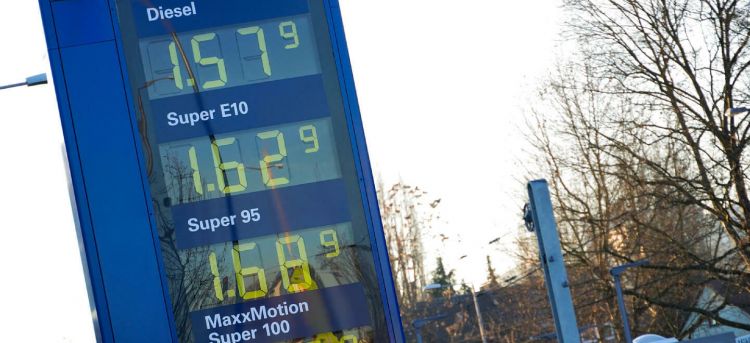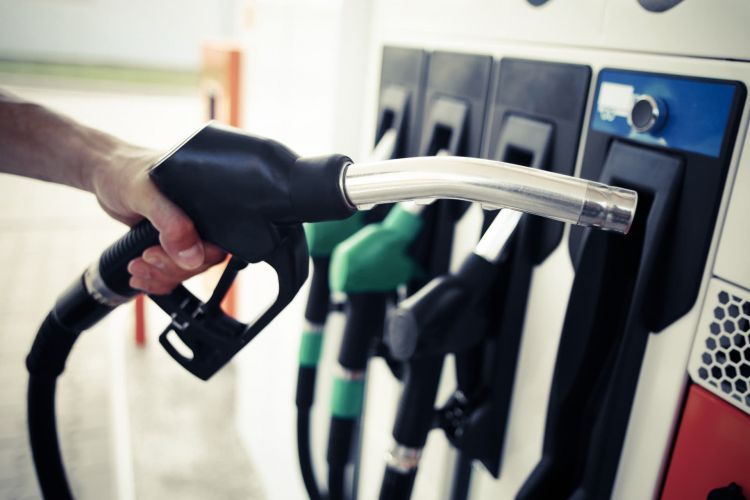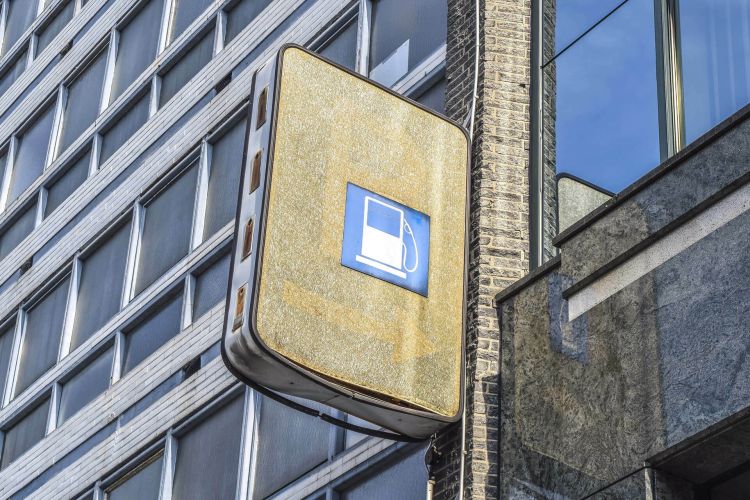There is approximately a month and a half left to say goodbye to 2022 and welcome a new year… which could start with bad news for drivers. Most of them may not be able to do anything to avoid a new rise in the price of fuel, which would take effect on January 1, 2023. And it is that the 20 cent discount applicable to all fuels has an expiration date: December 31st. What will happen with this measure?
The bonus of 20 cents was one of the movements that the Government carried out to minimize the impact of the Ukrainian War on drivers’ pockets. It entered into force with the approval of Royal Decree-Law 6/2022, of March 29 and last summer it was extended until December 31, 2022. A discount that is applied to all fuels and from which the entire population benefits without any discrimination. Something that may change soon.
The evolution of prices
A few days ago, in RNETeresa Ribera (Minister for the Ecological Transition and the Demographic Challenge) explained that the Government is already working to decide Which of the measures adopted will continue “throughout the year 2023” and also “which ones should be qualified and which ones should be reinforced”.
For his part, Maria Jesus Montero (Minister of Finance) did not want to rule on the subject after reiterating that, to design the policies that will follow, change or arrive in 2023, they continue to study the evolution of prices: “As we get closer to the end we will see how the energy, gas, oil markets behave… and when we have that data we will be able to announce which measures we are going to extend”.
A discount for those who need it most
With her words, Teresa Ribera confirmed that they are assessing “how far and how” they will continue betting on the discount of 20 cents on fuel. The third vice president gave the first clues about the path that this bonus could take as of January 1 if they decide to extend it once more. In this case, That 20 cent discount could no longer be general to be applied only to those who need it most.
This would include families with the fairest incomes and the sectors that work in transportation: “The subsidy was an emergency decision this summer, with very high fuel prices, in which rapid reaction required it to be a measure widespread and easy to apply. It is increasingly important to focus the effort on those who need it most, either for professional reasons or for family income level”.
In this sense, the Minister for the Ecological Transition and the Demographic Challenge explained that Free transport passes are a “more inclusive” measure. Before the summer it was impossible to be precise and discriminate between families, but now we have been learning how to concentrate fiscal and budgetary effort in those areas where it is most efficient and fair”.
The difficulty of segmenting
And why not segment the population? In the case of the fuel discount It is difficult to carry out an income screening due to its technical difficulty. Not only would it be necessary to establish some requirements for the beneficiaries, it would also be necessary to find a way to make the receipt of this aid effective: with a discount, with checks, through personal income tax… This was explained by Nadia Calviño, Minister of Economic Affairs and for Digital Transformation: “We cannot ask the gas stations to request their clients the Income Statement, the income or that discriminate by type of car beyond the large categories”.







